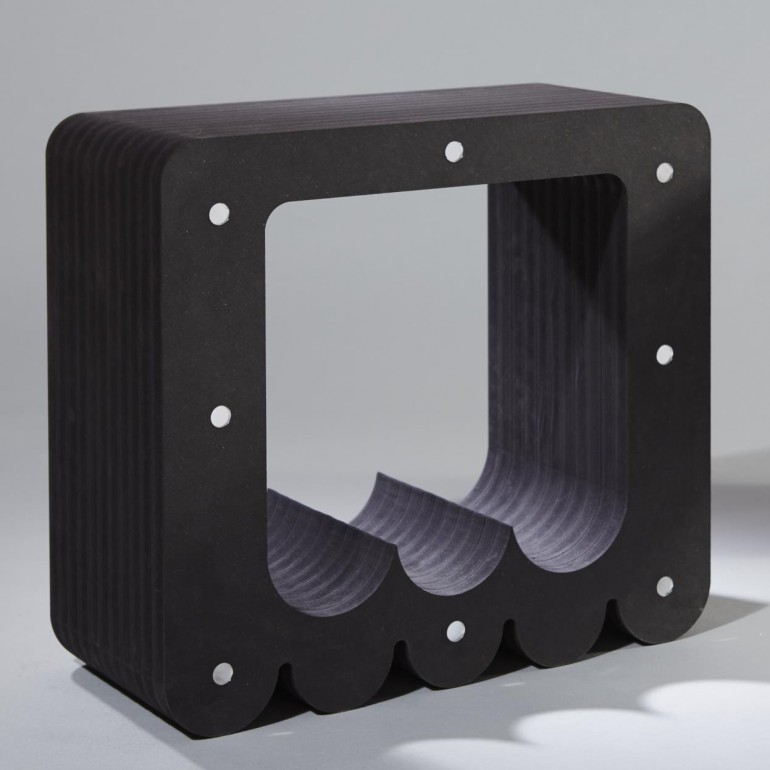Interior & Furniture Design
Shaikha AlSaadi Ummul Baneen Samya Berridjdal Paige Byrne Mariette Feeney Adriana Grierosu Frances Higgins Megan Magennis Kate McCarthy Ella McClinton Avirl Meade Michael Ochora Aishling O'Gorman Anna Olachova Amy O'Reilly Estera Patriubaviciute Lauren Phelan Martyna Rajska Ching Yu Sham Leonarda Strugar Nanetta SztankoMariette Feeney
Constructing a Personal Utopia
Utopia asks you a question. It asks you how you would like the world to look, how you would like it to function, to feel, how you would like the world to be. It is for this reason that Utopia is so entwined with politics, as the answers to those questions are heavily informed by personal belief. Architects, designers, and writers often try to answer these questions through their work, and this work formed the starting point of my research. Encompassing Science Fiction, Philosophy, Outsider Art, and Modernist Architecture, my investigation into Utopia was broad and detailed, and yet still kept landing in one specific place; Utopias are designed from the top down, most often by a single architect or visionary with very singular ideas on how people should behave or live. Though there were notable exceptions, to me this idea seemed to be an unfortunate end-point for so rich an idea.
Instead of providing one single answer to the questions raised by Utopia, the objects I have designed are intended to pose questions; they ask the user to consider how they would like their world to look and feel. The objects are building blocks for a personal Utopia, and it is for this purpose that their function is user-defined. They are easily replicable at varying sizes, and in using cost-effective materials and processes these objects are intended to be easy to assemble, easy to acquire, and easy to use. The finishes and uses I have suggested for the objects are just that, suggestions, which allow the user to consider for themselves how they would like the objects to feel and function, and to in turn ask those same questions about the space around them.
Utopia asks you a question. It asks you how you would like the world to look, how you would like it to function, to feel, how you would like the world to be. It is for this reason that Utopia is so entwined with politics, as the answers to those questions are heavily informed by personal belief. Architects, designers, and writers often try to answer these questions through their work, and this work formed the starting point of my research. Encompassing Science Fiction, Philosophy, Outsider Art, and Modernist Architecture, my investigation into Utopia was broad and detailed, and yet still kept landing in one specific place; Utopias are designed from the top down, most often by a single architect or visionary with very singular ideas on how people should behave or live. Though there were notable exceptions, to me this idea seemed to be an unfortunate end-point for so rich an idea.
Instead of providing one single answer to the questions raised by Utopia, the objects I have designed are intended to pose questions; they ask the user to consider how they would like their world to look and feel. The objects are building blocks for a personal Utopia, and it is for this purpose that their function is user-defined. They are easily replicable at varying sizes, and in using cost-effective materials and processes these objects are intended to be easy to assemble, easy to acquire, and easy to use. The finishes and uses I have suggested for the objects are just that, suggestions, which allow the user to consider for themselves how they would like the objects to feel and function, and to in turn ask those same questions about the space around them.


